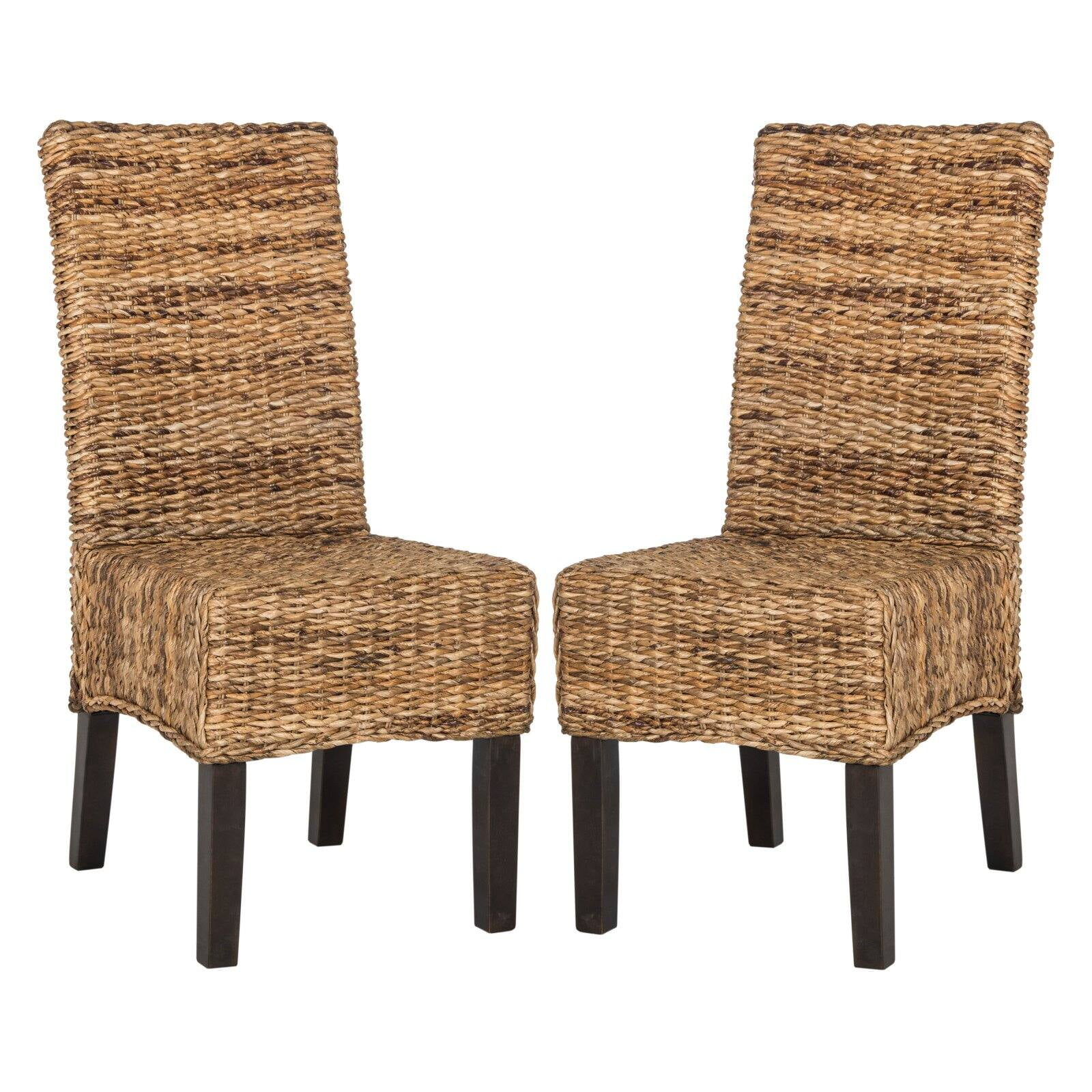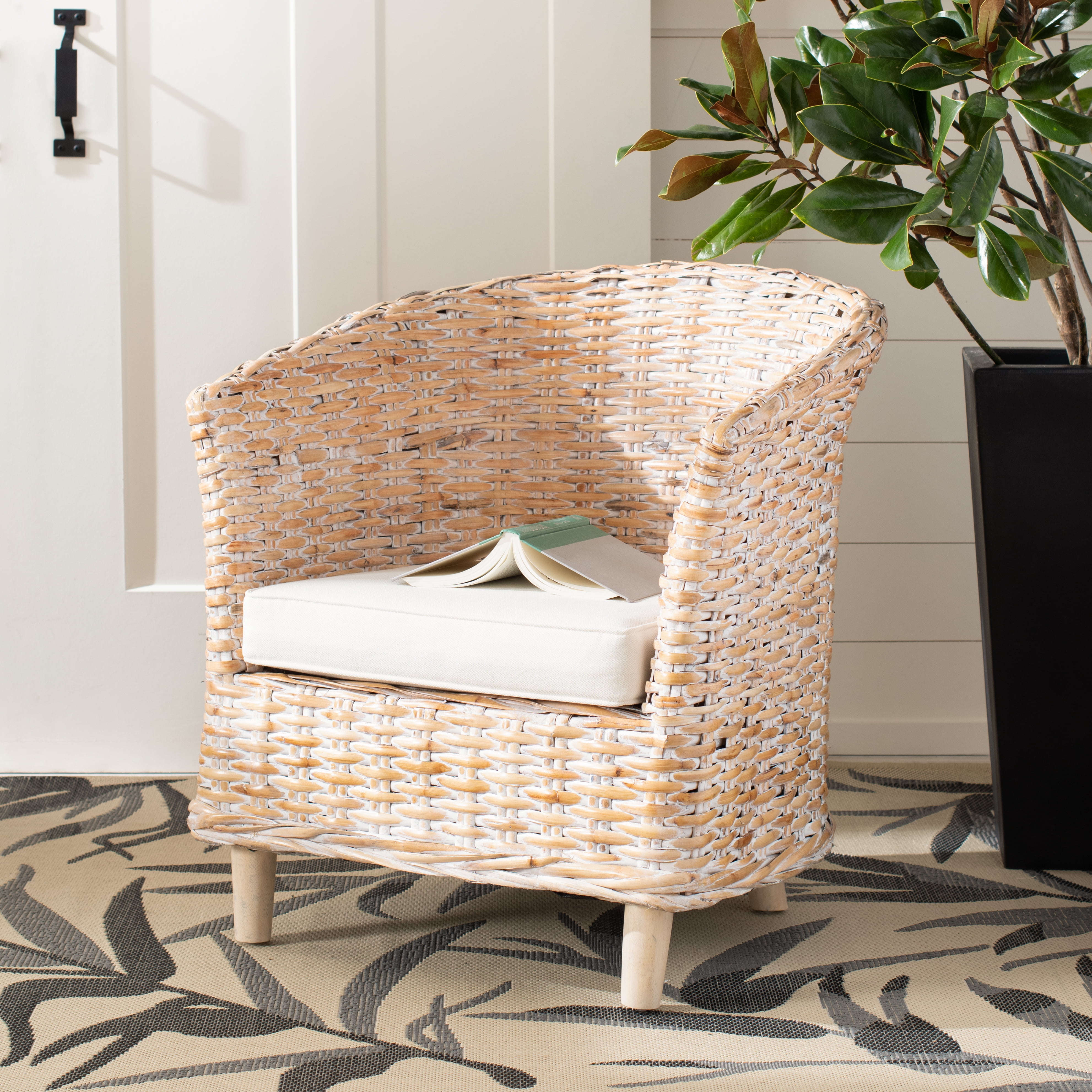Durability, Care & Maintenance of Natural Rattan Furniture

Natural rattan dining chairs, crafted from the strong, flexible stems of the rattan palm, offer a unique blend of durability and aesthetic appeal. However, their longevity and appearance depend heavily on proper care and maintenance. Understanding the material’s properties and implementing appropriate care strategies is crucial for maximizing the lifespan of these chairs. This section details the durability characteristics of rattan and provides practical guidance on maintaining its quality.
Rattan Chair Durability and Longevity, Natural rattan dining chair
Natural rattan possesses inherent strength and flexibility, making it suitable for furniture construction. However, its susceptibility to moisture and UV exposure necessitates careful consideration of environmental factors. Exposure to direct sunlight can cause fading and weakening of the fibers over time, while prolonged contact with water can lead to mold and mildew growth, compromising the structural integrity of the chair. Furthermore, regular wear and tear, such as scratches and abrasions from daily use, will inevitably occur. The durability of a rattan chair is significantly impacted by the quality of craftsmanship and the application of any protective finishes. High-quality rattan furniture, carefully constructed and potentially treated with a sealant, will exhibit greater longevity.
Maintenance Tips for Natural Rattan Chairs
Proper maintenance significantly extends the lifespan of rattan furniture. The following tips are essential for preserving the chair’s appearance and structural integrity:
- Avoid prolonged exposure to direct sunlight and moisture. Consider using UV-resistant covers or positioning chairs in shaded areas.
- Regularly dust the chairs using a soft cloth or brush to prevent the accumulation of dirt and debris.
- Inspect the chairs periodically for signs of damage, such as loose weaves or broken strands. Address minor issues promptly to prevent further deterioration.
- Apply a protective sealant every 6-12 months to shield the rattan from moisture and UV damage. Choose a sealant specifically designed for rattan or natural fibers.
- Avoid using harsh chemicals or abrasive cleaners, as these can damage the rattan fibers.
Cleaning and Caring for Natural Rattan Chairs: A Step-by-Step Guide
Maintaining the cleanliness of rattan chairs is crucial for preserving their aesthetic appeal and extending their lifespan. Following these steps will ensure your chairs remain in excellent condition:
- Begin by dusting the chair thoroughly with a soft brush or cloth to remove loose dirt and debris. Pay attention to crevices and hard-to-reach areas.
- For more stubborn stains, prepare a mild solution of warm water and mild soap (avoid harsh detergents). Dip a soft cloth into the solution and gently wipe the affected areas.
- Rinse the cleaned areas with a damp cloth to remove any soap residue. Ensure the cloth is only slightly damp to avoid saturating the rattan.
- Allow the chair to air dry completely in a shaded area, away from direct sunlight or moisture. Avoid using heat sources to speed up the drying process.
- Once the chair is completely dry, consider applying a protective sealant to further enhance its durability and resistance to damage.
Comparison of Dining Chair Materials
This table compares the maintenance requirements of rattan chairs with those of wicker and wood.
| Material | Cleaning | Durability | Cost |
|---|---|---|---|
| Rattan | Dust regularly, spot clean with mild soap and water; apply sealant periodically. | Moderate; susceptible to moisture and UV damage. | Mid-range |
| Wicker | Similar to rattan; requires regular dusting and occasional spot cleaning. | Moderate; similar susceptibility to moisture and UV damage as rattan. | Mid-range to high, depending on material and craftsmanship. |
| Wood | Dust regularly, clean with wood cleaner; apply polish or sealant periodically. | High; durable and long-lasting with proper care. | Variable; can range from budget-friendly to very expensive depending on wood type and finish. |
Sourcing, Sustainability & Ethical Considerations: Natural Rattan Dining Chair

The sourcing, sustainability, and ethical production of rattan furniture are crucial aspects influencing its environmental impact and the well-being of communities involved in its creation. Understanding these factors allows consumers to make informed choices and support responsible practices within the industry.
Rattan sourcing involves a complex process, from harvesting to processing and distribution. The environmental impact of this process varies significantly depending on the practices employed.
Rattan Harvesting Methods and Environmental Impact
Sustainable rattan harvesting prioritizes the long-term health of the rattan palm and the surrounding ecosystem. This involves selective harvesting, avoiding the removal of immature canes and ensuring sufficient regeneration. Unsustainable practices, conversely, can lead to deforestation, soil erosion, and biodiversity loss. The most damaging practices often involve clear-cutting of entire areas, leaving behind barren landscapes. Responsible harvesting, on the other hand, focuses on methods that mimic natural processes, leaving enough mature canes to ensure future growth and maintaining the overall forest health. This might include using traditional tools that minimize damage to surrounding vegetation and employing local harvesters trained in sustainable practices. Monitoring and regulation of harvesting activities are also crucial to prevent overexploitation.
Sustainability of Rattan Compared to Alternative Materials
A comparative analysis of rattan against alternative materials reveals its unique advantages and disadvantages concerning environmental sustainability.
Natural rattan dining chair – Below is a comparison of rattan with some common alternatives, highlighting their respective pros and cons from an environmental standpoint:
| Material | Pros | Cons |
|---|---|---|
| Rattan |
|
|
| Wood (Hardwood) |
|
|
| Plastic |
|
|
| Metal |
|
|
Fair Trade Practices and Ethical Sourcing of Rattan Furniture
Fair trade certification and ethical sourcing initiatives ensure that rattan furniture production adheres to strict labor standards, environmental regulations, and fair pricing for producers. These practices promote equitable relationships throughout the supply chain, from the harvesters to the retailers. Consumers can identify ethically sourced products through certifications such as the Forest Stewardship Council (FSC) label for sustainably harvested materials, or by seeking out companies with transparent supply chains and a commitment to fair labor practices. Independent audits and third-party verification are key elements in building consumer trust and ensuring the authenticity of these claims. Look for detailed information about the origin of the rattan, the harvesting methods employed, and the working conditions of the individuals involved in the production process. Supporting companies with strong ethical commitments directly contributes to the sustainability and social responsibility of the rattan furniture industry.
